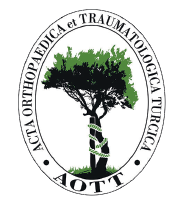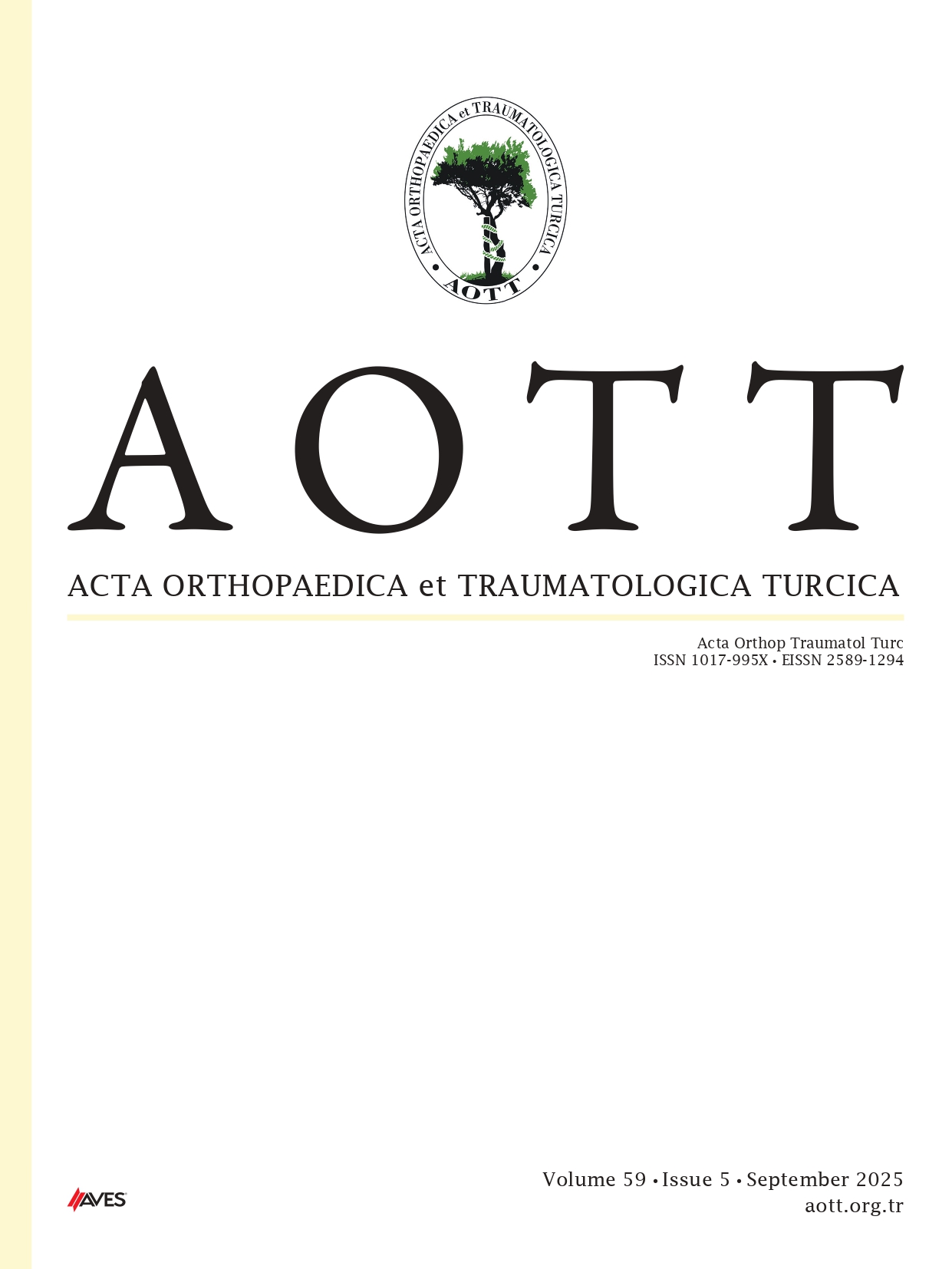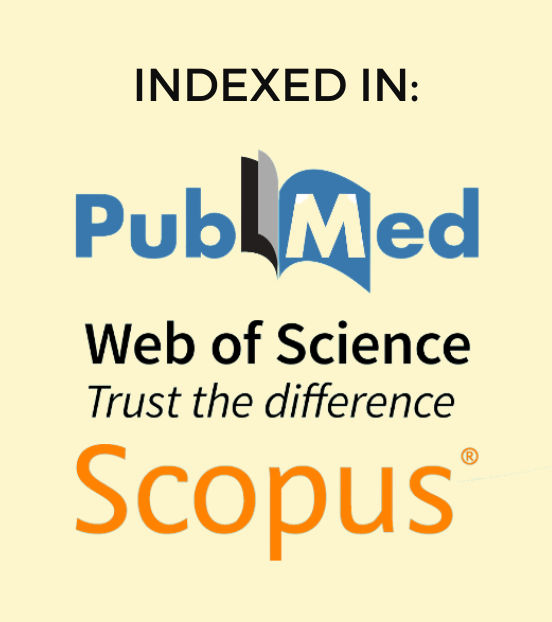Objective: This study aimed to investigate the e!ect of arthroscopic Bankart repair (ABR) alone and ABR with an additional remplissage procedure on joint range of motion and functional results in patients with anterior shoulder instability.
Methods: This retrospective study included patients treated 1 year ago with either ABR alone or the ABR additional remplissage procedure. The Bankart lesion was determined by magnetic resonance imaging, and the amount of glenoid bone loss was determined by computed tomography. Patients with glenoid bone loss <25% and on-track Hill–Sachs lesions (HSLs) were treated with ABR alone (22 females, 8 males; mean age=27.4 ± 6.4 years). Those with o!-track HSL were treated with both ABR and remplissage (20 females, 10 males; mean age=27.5 ± 5.3 years). One year after surgical treatment, the joint range of motion of the patients was determined by a universal goniometer, and functional status was evaluated using the Rowe score.
Results: Sixty shoulders of 60 patients were evaluated over an average period of 1 year. There was no di!erence between groups regarding age (P=.767) and gender (P=.779). There were 42 female and 18 male patients, with a mean age=27.5 ± 5.8 years. There was a significant di!erence between the groups in patients’ external rotation with arm adduction (ER1) (P=.001), external rotation with arm abduction (ER2) (P=.001), forward flexion (P=.001), and abduction (P=.001) measurements between the groups (P < .05). No significant di!erence was found in internal rotation and Rowe scores between the groups (P=.057, P=.069). A greater improvement was seen in the Rowe score of the ABR+remplissage group (85.2 ± 8.8). No recurrence or complications were observed in any of the patients.
Conclusion: The combined procedure of ABR with remplissage may limit joint mobility in patients with anterior shoulder instability. However, it provides satisfactory functional results, with patients in the ABR+remplissage group showing better overall outcomes.
Level of Evidence: Level III, Therapeutic study.
Cite this article as: Öktem U, Özaltın G.E, Yılmaz S, Bozkurt !, Öçgüder D.A. The e"ect of arthroscopic Bankart repair and remplissage procedure on joint range of motion and functional outcomes in anterior shoulder instability. Acta Orthop Traumatol Turc., 2024;58(6):326-330.



.png)
.png)
